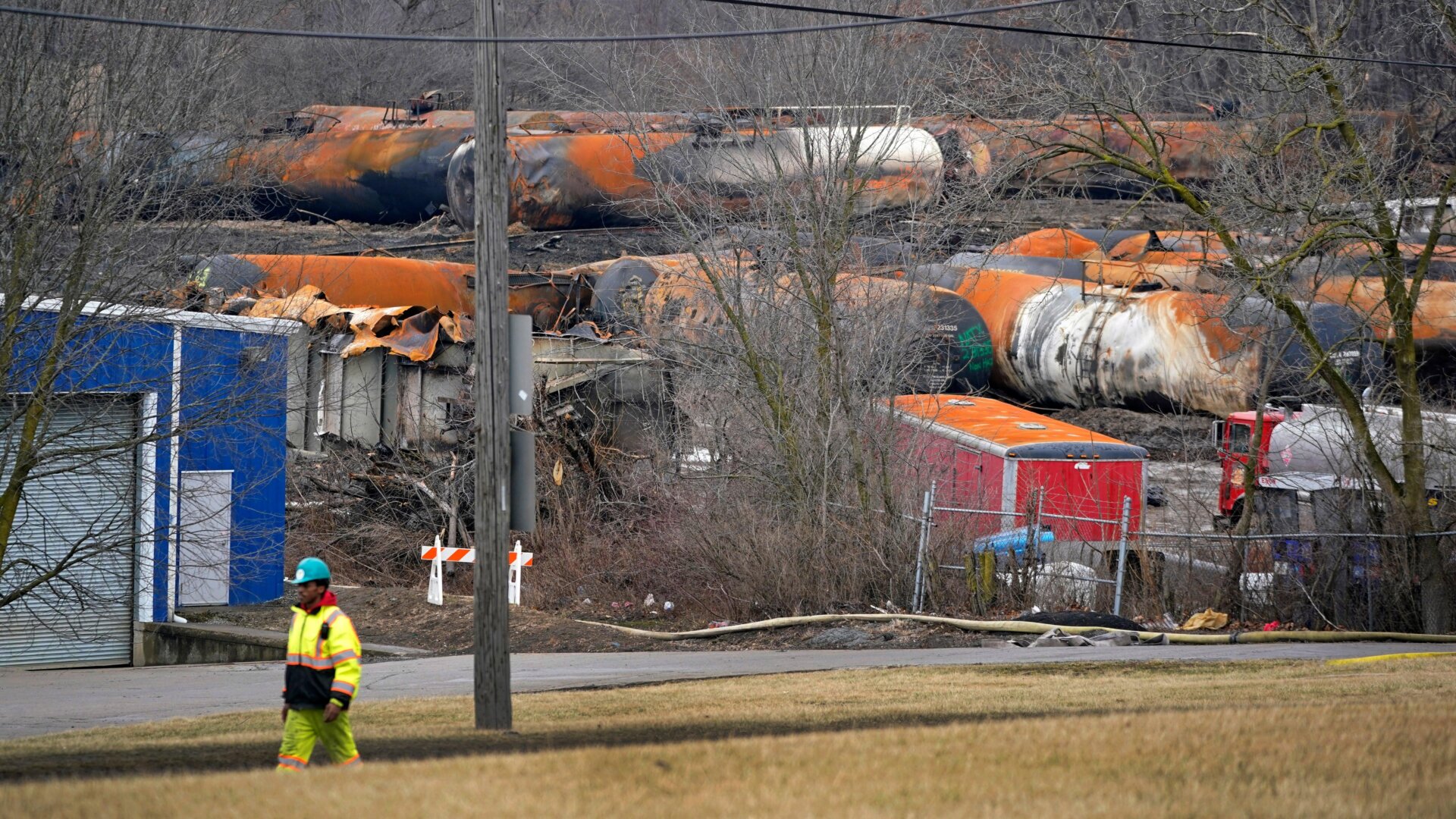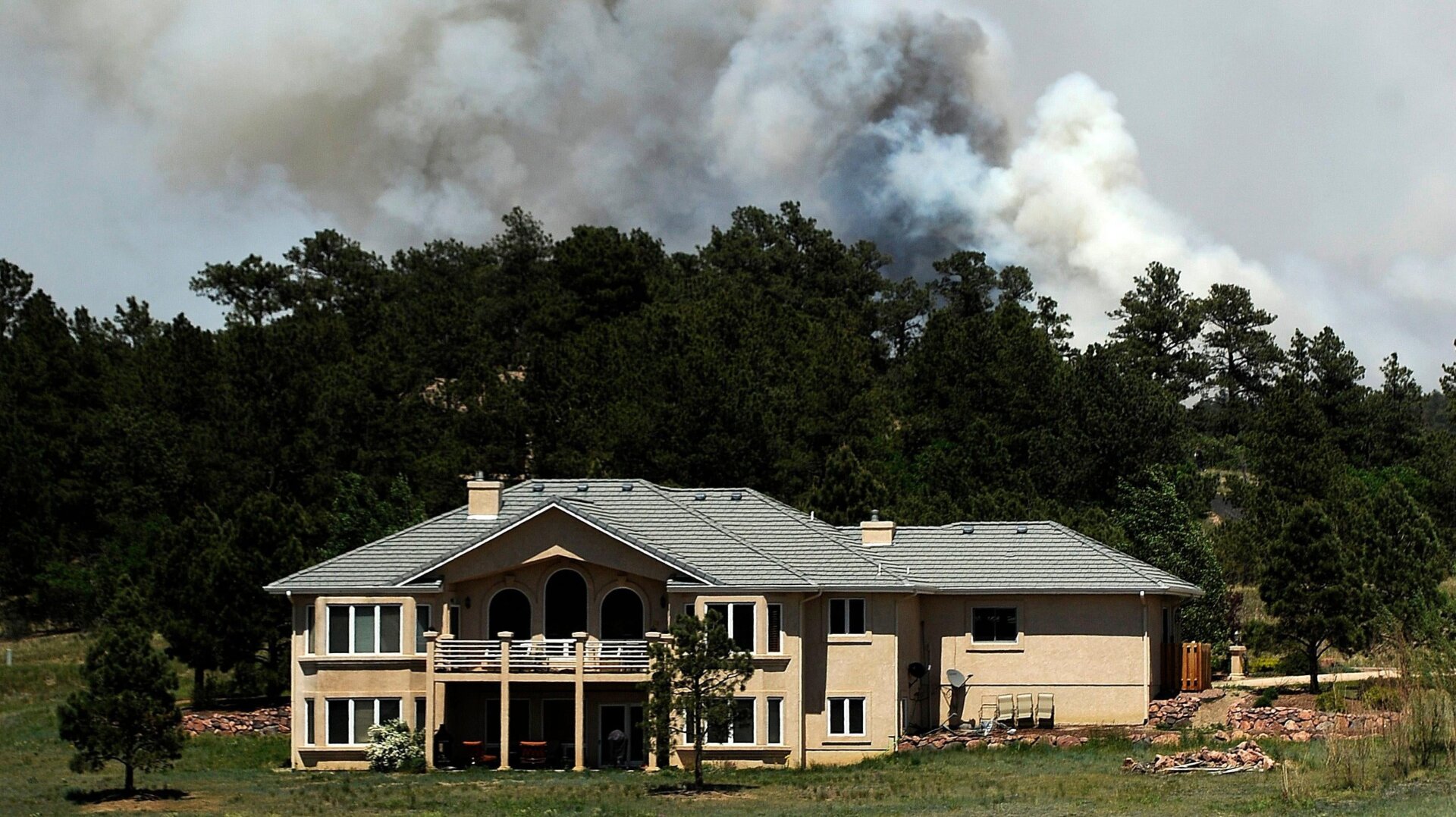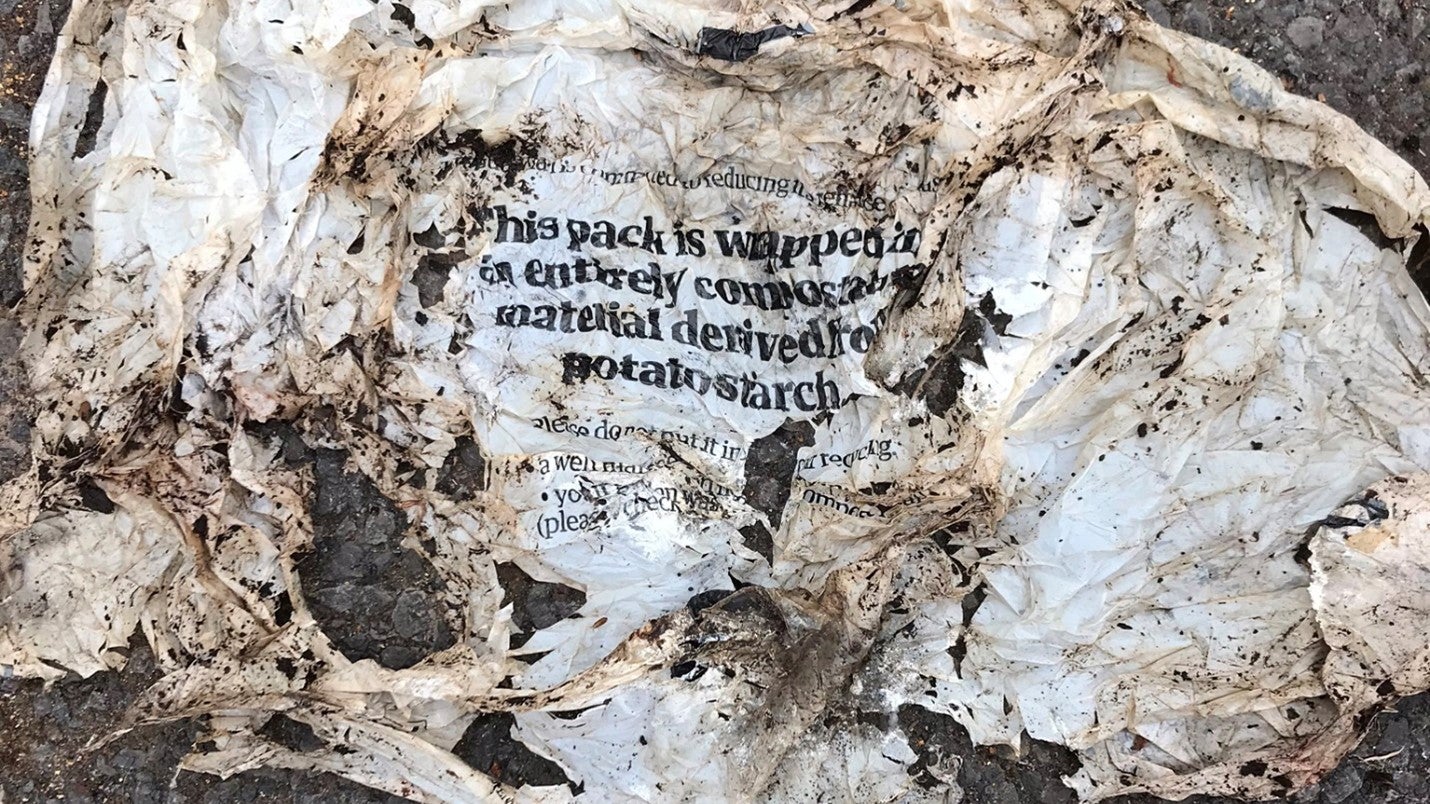It has been nearly two weeks since a Norfolk Southern train derailed in Northeastern Ohio, and emergency response agencies are still working to lower hazardous chemical exposure risk for East Palestine residents near the derailment cleanup site.
At a news conference yesterday held by Ohio Governor Mike DeWine, Kurt Kollar of the Ohio EPA said workers are removing soil near the derailed train. “The goal of this was to get rid of that highly contaminated, potentially mobile material before we had rain events,” he said. “Some of these pits are now about 700 feet long and about eight feet deep in some areas.”
Mary Mertz, the director of Ohio’s Department of Natural Resources, said at the news conference that about 3,500 dead fish were found in local waterways in the immediate aftermath of the derailment. “There doesn’t appear to be any increase in the fish or aquatic creatures killed since the first couple days of the derailment,” she said. Wildlife officers will continue to monitor waterways for signs of animal deaths.
The Norfolk Southern train derailed on Friday, February 3. Eleven of the derailed cars were carrying hazardous materials, according to the National Transportation Safety Board. On Sunday, the governor issued an evacuation order over fears the derailed train cars would explode, and on Monday, the railroad operator and emergency officials conducted a controlled release from the train of vinyl chloride, a toxic chemical used to make plastics.
Peter DeCarlo, an associate professor of environmental health and engineering at John Hopkins University, told Earther that he’s concerned about the lack of cross-state response following the derailment. East Palestine is right on the border between Ohio and Pennsylvania. “What worries me is the wind direction tends to be from the west towards the east,” he said. “A lot of the impact is going to be felt down wind… and it’s going to cross that state border.”
According to DeCarlo, the EPA shouldn’t rely as heavily on air monitoring, which is done with handheld devices and can’t give specific chemical measurements. According to a February 13 update from the EPA, the agency deployed two more “Summa air sampling canisters.” The air captured in the canister is taken to a lab and analyzed, allowing researchers to test for specific chemicals.
“That’s the type of monitoring that really gives us an idea of what are the concentrations of the potential risk,” DeCarlo explained. “So if they’re not doing that at the accident site and downwind of the accident site, they’re missing what potential risks exist.”
Many locals are still worried for their safety. Chaney Nezbeth is executive director of a faith-based nonprofit in Ohio called The Way Station, which has provided support to East Palestine residents in the form of food, cleaning supplies, and clothing. “So many people came to us three, four, or five days later,” Nezbeth told Earther by phone. “They were still wearing their pajamas, the things that they left in on Friday night… everybody thought they were gonna be able to get in the next day.”
The organization is also trying to address questions from families in the East Palestine area. “On Facebook, somebody’s [asking] whatever the mulch that’s laid down at the playground in the city park, is that now contaminated? That’s something the Way Station can do. We can get the research on that… we can get volunteers,” she said.
To Nezbeth’s knowledge, many people have had to return home whether they feel safe or not. Some families couldn’t afford to stay away longer. Others are cleaning their homes in hopes that it will lessen any potential hazards associated with the chemicals on the derailed train. “I think everyone’s just trying to err on the side of caution,” she said. “They’re assuming that box of cereal that they had open in the cabinet should be thrown away.”
Karen Dannemiller, an associate professor at Ohio State University who has studied indoor air quality, says people are right to feel cautious about their homes. “We spend 90% of our time indoors,” she told Earther. “Just because of the long time that people spend indoors, that can be an important source of exposure.”
She suggested laundering anything that holds onto odors, like clothing and bedding, and carefully vacuuming in short spurts to avoid kicking up too much dust. “I think it would be a great idea for everybody to participate, if available, in the indoor air quality testing,” Dannemiller said. She also encouraged residents who may be concerned or confused about any chemicals announced by officials or agencies to look them up on the EPA’s online database.
According to an EPA letter on February 10, the train released “vinyl chloride, butyl acrylate, ethylhexyl
acrylate, and ethylene glycol monobutyl ether” into the “air, surface soils, and surface waters.” The agency told rail operator Norfolk Southern that it may be responsible for paying for the site cleanup costs.














